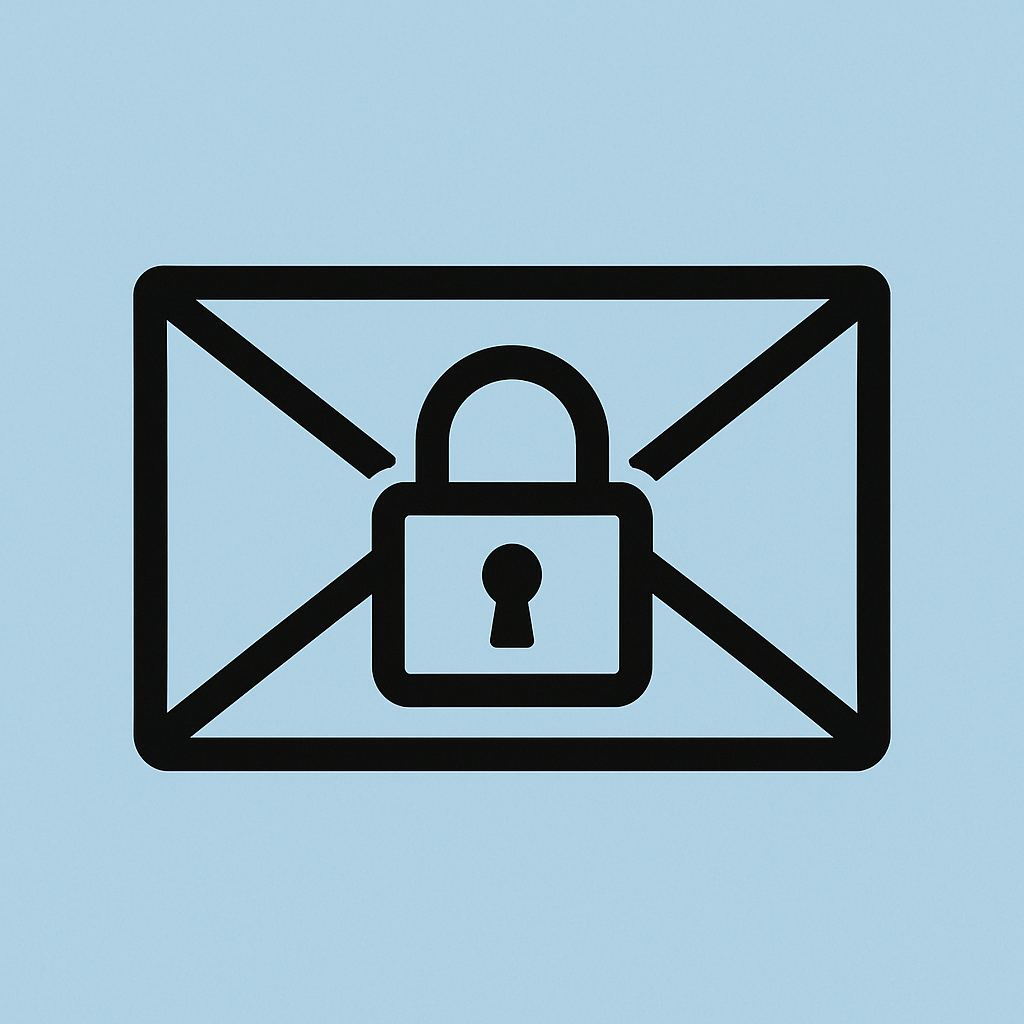
Why SPF, DKIM, and DMARC Matter for Your Email
Email Authentication Basics
What Are SPF, DKIM, and DMARC?
Email is still the backbone of business communication. But it’s also a prime target for phishing and fraud. That’s where SPF, DKIM, and DMARC come in. These three protocols help email providers know that your messages are real-not fake or tampered with.
- SPF (Sender Policy Framework): Lets you say which servers can send emails for your domain. If an email comes from an unauthorized server, it gets flagged or blocked.
- DKIM (DomainKeys Identified Mail): Adds a digital signature to every email. This signature proves the message hasn’t been changed and really comes from your domain.
- DMARC (Domain-based Message Authentication, Reporting, and Conformance): Ties SPF and DKIM together. It tells email providers what to do if a message fails authentication-reject, quarantine, or just report it.
These records live in your domain’s DNS settings. Once set up, your emails are more likely to reach inboxes-not spam folders.
Why Do These Protocols Matter?
- Protect Your Brand: If someone spoofs your domain, they can trick your customers or partners. SPF, DKIM, and DMARC make this much harder. They help keep your reputation safe.
- Improve Deliverability: Authenticated emails are less likely to be blocked or marked as spam. This means your messages get through to the people who need them.
- Meet Compliance Needs: Many industries require strong email security. These protocols help you meet those rules.
- Gain Visibility: DMARC reports show you who’s sending email from your domain. You can spot problems before they become bigger issues.
How Do SPF, DKIM, and DMARC Work Together?
Each protocol checks a different part of the email. SPF checks the sending server. DKIM checks the message’s integrity. DMARC checks if the email passes SPF or DKIM and matches your domain. Together, they form a strong defense against phishing and fraud.
For best results, set up all three. If you only use one, gaps remain. When used together, you get both protection and better email delivery.
Setting Up Email Authentication
To set up SPF, DKIM, and DMARC, you need to add records to your domain’s DNS. This can be tricky, especially if you use multiple email services. If you’re not sure where to start, work with your IT team or a trusted provider. A mistake here can break your email.
If you want a complete checkup, our Audit complet de délivrabilité des e-mails will review your setup and help you fix issues.
FAQs
Do I need all three-SPF, DKIM, and DMARC?
Yes, using all three gives you the best protection and deliverability. Each covers a different part of the authentication process.
Can I set these up myself?
You can, but it’s easy to make mistakes. If you’re not comfortable editing DNS records, get help from your IT provider or use a professional service.
Will these stop all spam?
No, but they make it much harder for attackers to spoof your domain. They also help your real emails reach inboxes.
Do I need to update these records?
Update your records if you add new email services or change providers. Review your DMARC reports regularly to spot any issues.
What if I use WordPress for email?
You can add SPF, DKIM, and DMARC records for your domain, even if you use WordPress. Check your DNS settings or ask your host for help.